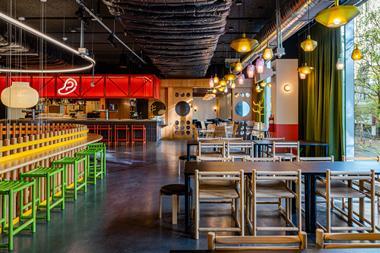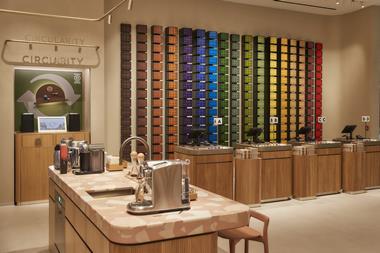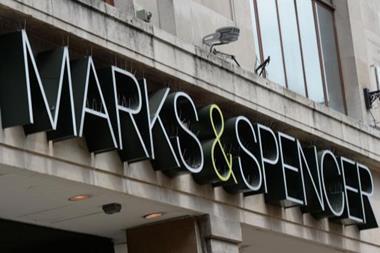Developer Shaftesbury has been given the green light to transform 2 acres (0.8ha) of derelict buildings close to London’s Leicester Square with a retail and restaurant scheme.
Shaftesbury – the company behind the regeneration of London’s Carnaby Street and Seven Dials – has dubbed the scheme Longmartin. It is situated between Long Acre, Upper St Martin’s Lane and Mercer Street and will have a phased opening, with completion set for the end of 2009.
The scheme will create about 85,000 sq ft (7,895 sq m) of retail space split into 30 shops set around a piazza. Longmartin will also comprise restaurants, residential apartments and offices.
New public thoroughfares will be created, linking the courtyard with other retail destinations.
“We won’t be bringing in the standard high street retailers, because the area is well-serviced with mainstream retailers already,” said Shaftesbury director Simon Quayle.
“We want the scheme to have a very strong character. It is unlikely to be the same as either Carnaby Street or Seven Dials, but will still have a unique quality and become a destination in its own right.”
The retail offer is likely to focus on womenswear, accessories and health and beauty formats, such as walk-in spa centres. Quayle added: “We haven’t finalised what we want in terms of retail, but we believe there is a gap in the market for the pampering type of retail and beauty treatments.”
Quayle said that Longmartin will add something different to Covent Garden. “CapCo is redeveloping the piazza and bringing Londoners back to the area. We want to offer something complementary,” he said.
“Covent Garden is under-serviced in terms of restaurants, so we need to add those too, to make sure shoppers can stay and relax and enjoy the surroundings.”
Construction starts this year and the site incorporates an NCP car park and two derelict buildings. The land is valued at£150 million and is owned by a joint venture between Shaftesbury and The Mercers’ Company.
Shaftesbury took a long-term outlook on Carnaby Street, nursing it back to health after it had floundered for many years. Instead of signing high street retailers, it took lower rents to pull in independent or edgy retailers to create a high-fashion trendsetting destination.
























No comments yet